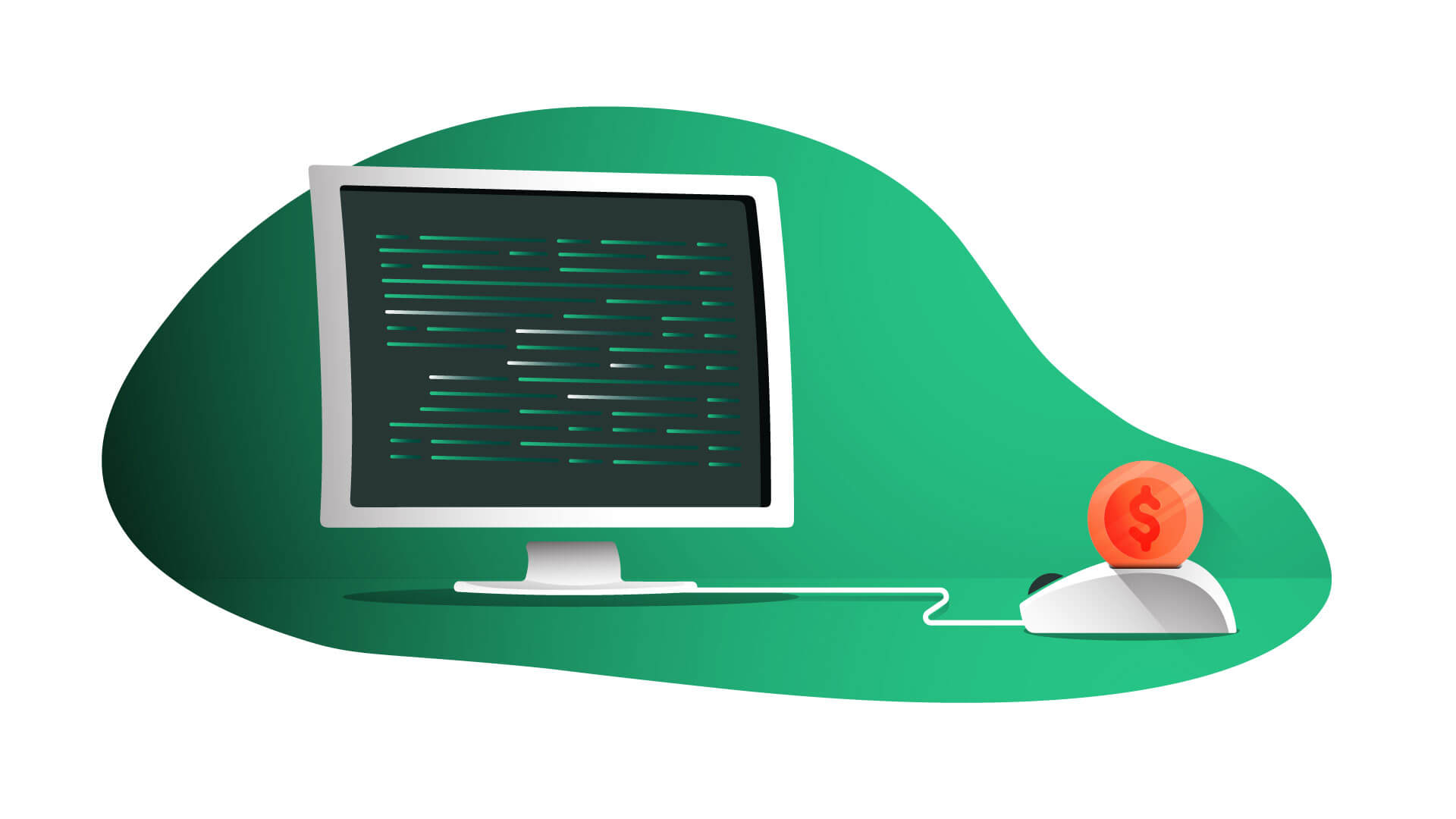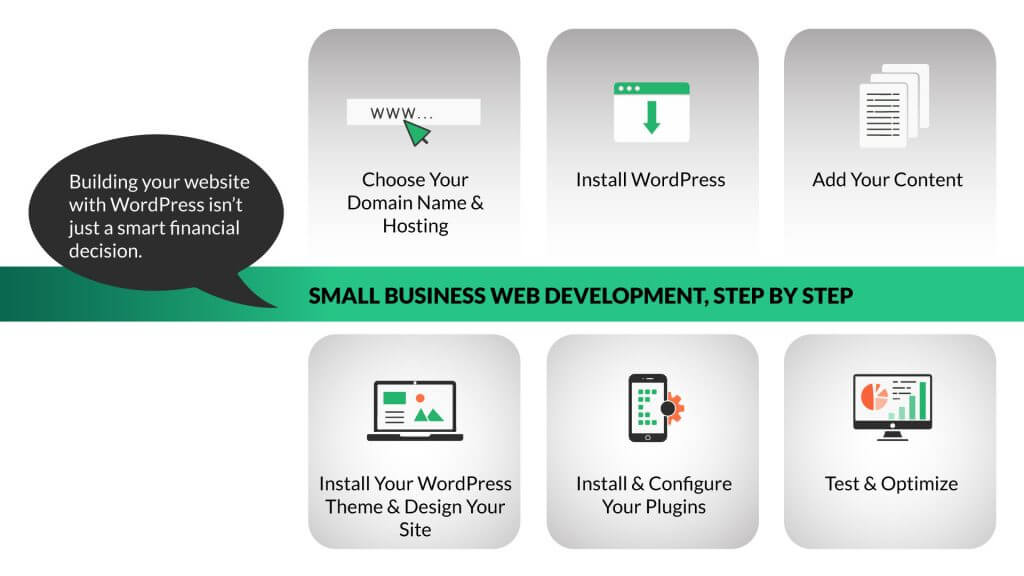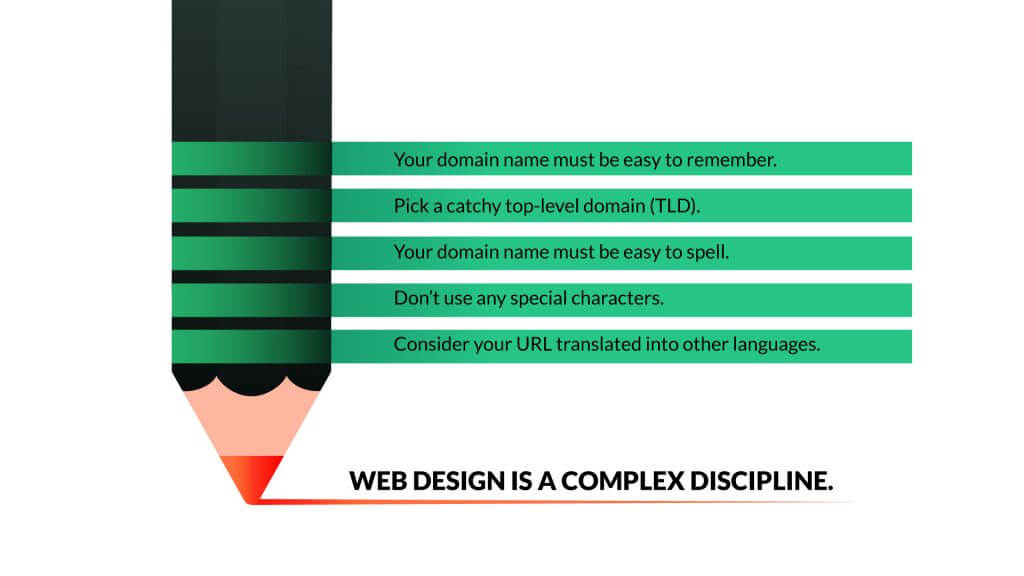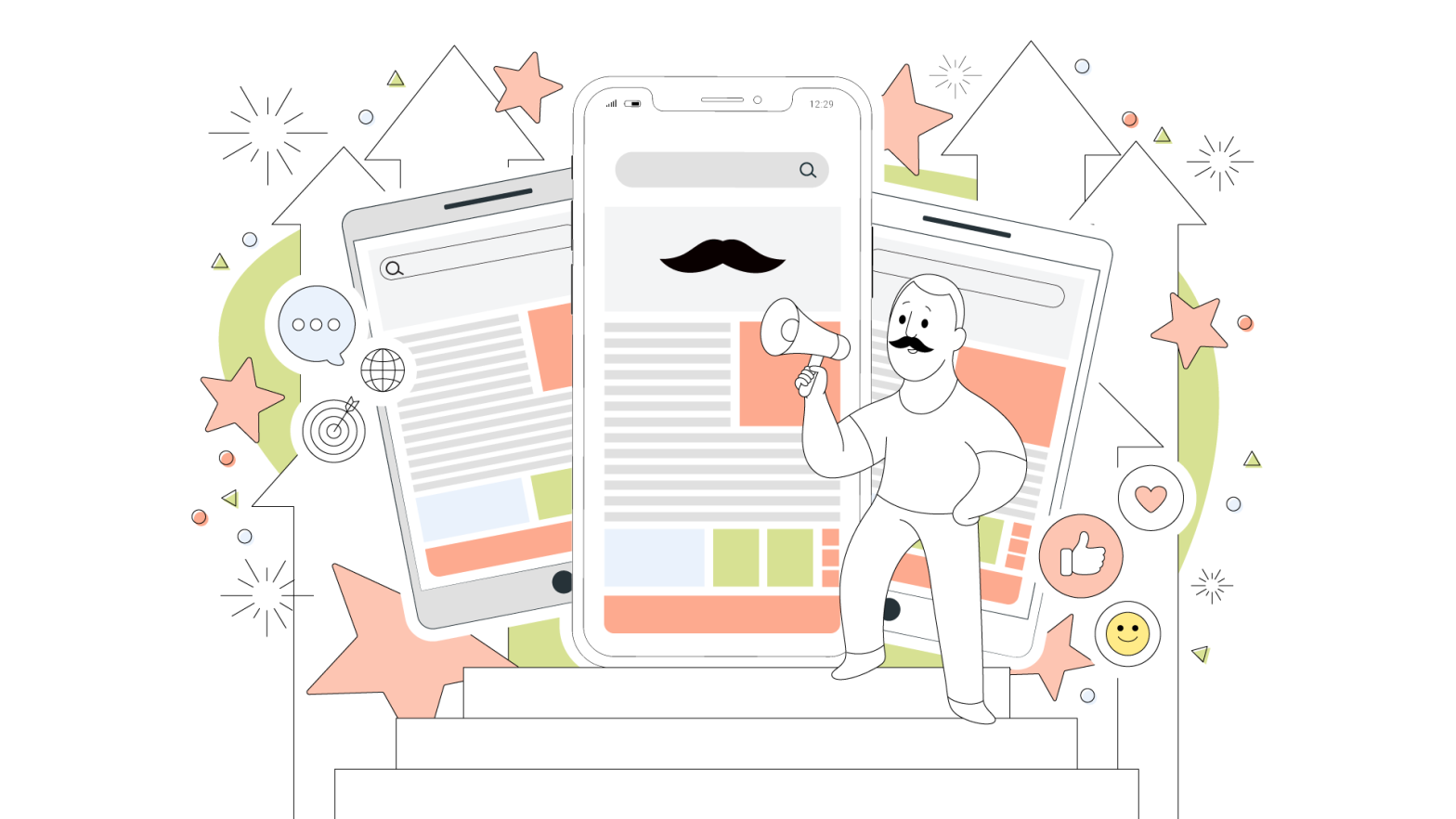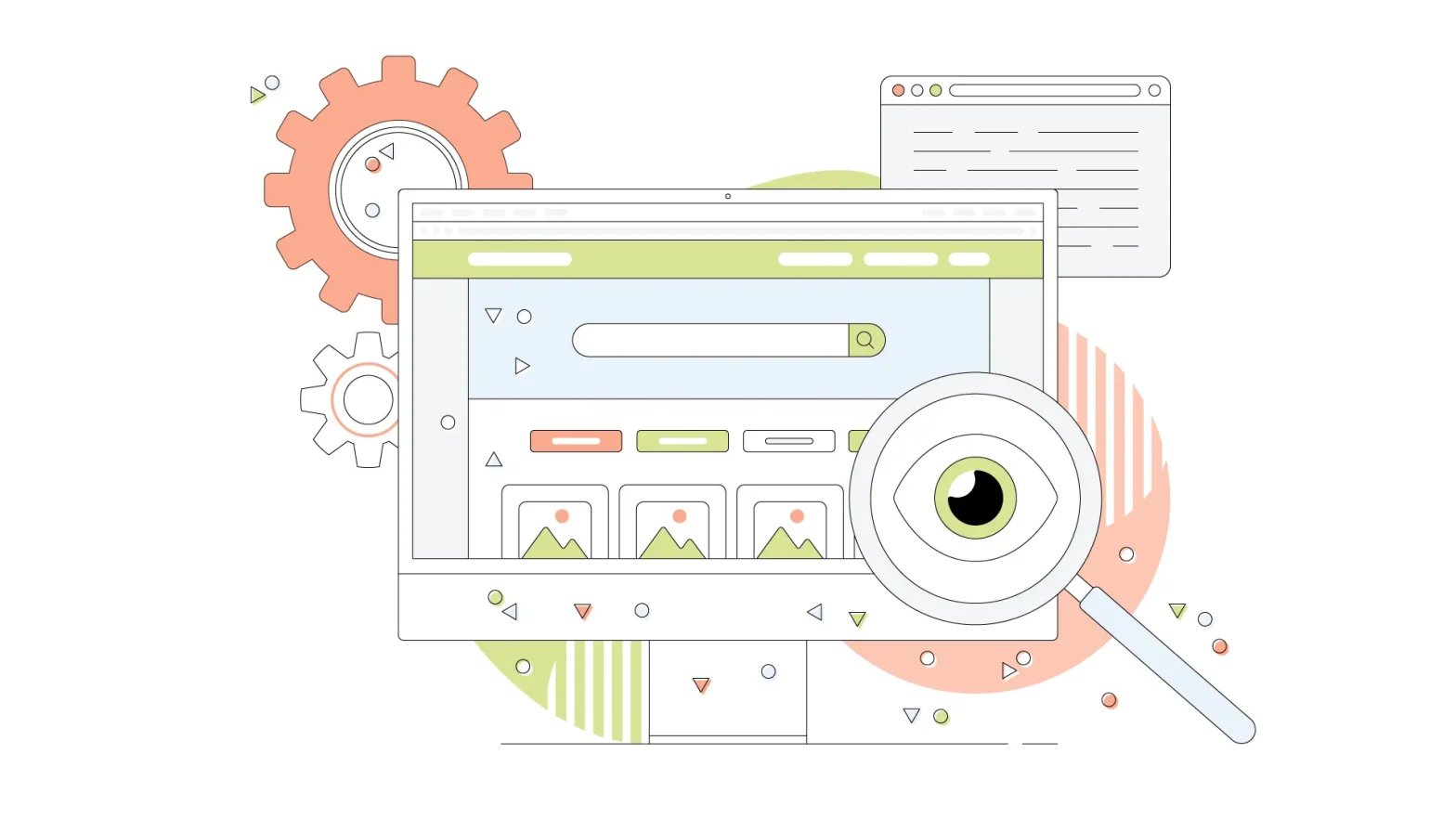Are you looking for a practical guide to small business web development? Well, you just found it!
As a small business owner, you know that you could benefit immensely from having a website. Getting started can be confusing, and if you’re on a tight budget, you need to navigate your options very carefully.
But don’t worry. If you use the right tools and know what to expect, you’ll be setting up your company website in no time. In this guide, we’ll share everything you need to know to build a great website for your small business.
We’ll cover:
- Web design and development basics
- Basic costs you can’t avoid
- How to design your website, step-by-step
Let’s dive in.
Small Business Web Design & Development Basics
Web design is a complex discipline. Becoming a web designer takes years of training and daily effort to stay on top of new tools, trends, and needs. But to craft a revenue-generating website for your small business, you just need to follow a few basic principles:
- Stay on-brand.
- Be user-focused.
- Keep it simple.
- Don’t forget about SEO.
- Design for mobile use.
- Use the right tools.
Let’s take a closer look at each of these principles.
Stay on Brand
Your small business website should be on-brand. When designing your site, use the same colours, fonts, and general style as your social media presence, your physical store, and your business cards. Your brand should be unique and distinctively yours.
Think About Your Clients’ Goals
A website is not just something your clients will just observe. It’s a tool that they’ll use to achieve a specific goal. This could be purchasing your product, booking an appointment, or finding valuable information about your area of expertise.
You should keep this in mind when thinking about your website’s structure (and each page’s structure). Make sure your site is easy to navigate and use. Ask yourself how easy it is for clients to fulfill goals on your website, and if there’s any friction, reduce it. Better yet, eliminate it.
Keep It Simple
While animations, effects, and interactive components may make your site visually impactful and fun, it’s easy to go overboard. And, if you’re handling all these moving parts without code, these plugins and integrations can make your website heavy.
Don’t Forget About SEO
SearchEngineLand defines search engine optimization as “the process of improving your site to increase its visibility for relevant searches. The better visibility your pages have in search results, the more likely you are to garner attention and attract prospective and existing customers to your business.”
Like web design, SEO is a multifaceted discipline. Here are some easy-to-implement best practices that will do wonders for your site’s usability:
- Keep your website light and optimize it for speed.
- Make sure every page has a clear goal expressed through its content.
- Make your content scannable and easy to read.
- Add alt-text to all your images to make sure your website is accessible to the visually impaired, as well as SEO-friendly.
Be Responsive
According to the 2020 Adobe Digital Economy Index, mobile visitors account for 40% of eCommerce sales. You’ll want your company website to be as functional and sleek on mobile devices as it is on computers.
Use WordPress
Using a Content Management System (CMS) helps you easily manage and edit your website without touching code. WordPress is one of the most stable and most used Content Management Systems in the world.
Some of the perks to WordPress’ include:
- Robustness. It’s open-source software, maintained and updated by thousands of developers worldwide.
- Versatility. Your standard WordPress blog can be turned into anything from an online store to an e-learning platform through plugins and themes. Most of these tools are free.
- Smooth learning curve. The WordPress admin dashboard is incredibly easy to use. As if that weren’t enough, there are hundreds of thousands of available tutorials.
- It’s free. No subscriptions and no payment tiers. You just have to pay for hosting.
If you want to learn how to develop a high-quality company website with WordPress, check out our Small Business Web Design Guide.
Small Business Website Costs
Even if you choose to use WordPress (and consequently lower your small business website costs), there are still two charges you can’t avoid:
- Hosting and domain
- WordPress themes and plugins
Both hosting and domain are essential to take a business online. A leading hosting services provider, such as HostPapa, will be able to provide you with both. Hosting services give your site a home on a server, making it accessible worldwide. A domain is the address that your customers will have to type into their navigation bar to get to your website.
You can create a fully functional and beautiful WordPress website with free WordPress themes and plugins, but free options can become restrictive. Especially if you’re not a developer.
Small Business Web Development, Step by Step
Building your website with WordPress isn’t just a smart financial decision. Its learning curve makes it possible for you to practically DIY your entire website, minimizing the need for a designer.
Choose Your Domain Name & Hosting
Research your options. Ideally, your hosting plan should be WordPress-optimized, and it should include:
- Free domain registration
- An SSL Certificate (to guarantee your site is secure)
- Access to a CDN (to ensure your website is fast)
- Option to create email accounts with your domain
Install WordPress
Chances are your web hosting’s control panel offers a 1-click installation for WordPress, sparing you from having to edit .php files and manually upload and install files. If you’re using HostPapa, you can learn how to take advantage of our 1-click install with this guide.
Add Your Content
- Once you’ve installed WordPress, access your WordPress dashboard by visiting www.yoursite.com/wp-login.php.
- Log in with your username and password.
- To view your WordPress site’s current pages, click on Pages > All Pages.
- Add a new page by going to Pages > Add New.
- To view your posts, go to Posts > All Posts.
- Add a new post by going to Posts > Add New.
Install Your WordPress Theme & Design Your Site
- Go to Appearance > Themes to select a theme from WordPress’s official directory, or upload your own.
- Once the theme is installed, you can activate it without leaving this tab.
- Navigate to Appearance > Customize. This will open WordPress’s intuitive customization panel.
Install & Configure Your Plugins
Payment gateways, forms, and other essential components of your website can be added through plugins.
- Install plugins by going to Plugins > Add New. This will open a tab with plugins from WordPress’s official plugin directory.
- Use the search bar to look for the plugins you need, or click on Upload Plugin to upload your plugin in a .zip file.
- To activate and configure your plugins, go to Plugins > Installed Plugins, find your plugin on the list, and click your desired option.
Test & Optimize
Once you feel your small business website is ready, send the URL to a couple of friends, relatives, and colleagues, and ask them for feedback. It can be hard to get out of your perception and use the site the way your clients will, especially if you don’t have design experience. Take in feedback and optimize your website accordingly.
More Than Affordable Web Hosting for Small Businesses
In this small business web development guide, we shared some essential tips for building your company website. If you’re looking for cost-effective hosting, you’ve come to the right place.
At HostPapa, we don’t just provide affordable web hosting for small businesses. All our hosting plans include access to state-of-the-art servers and an award-winning customer service team, available 24/7. Discover our plans today, and take your business online.
